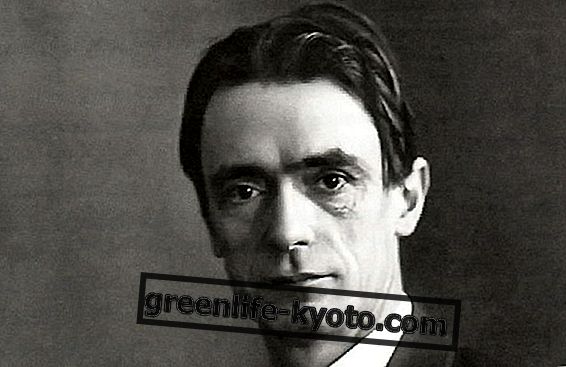
Obstructive nighttime apnea (OSAS) is a clinical condition characterized by recurrent episodes of temporary apnea (cessation of ventilation) or hypopnea (reduced ventilation).
These episodes occur characteristically during sleep.
Which are the nocturnal obstructive apnea
Based on the International Classification of Sleep Disorders we can define OSAS as a condition characterized by:
- Episodes of apnea and / or hypopnea during sleep of which the subject is often not aware. These "breath suspensions" can be even higher than the minute; usually breathing resumes with the patient's awakening (which can also be very short and therefore unconscious).
- Daytime sleepiness that, at the beginning, is typically postprandial and then, with the progression of the pathology, occurs when attention decreases (for example, in front of the TV or when traveling as passengers) up to interfere with the life of relationship and with normal daily activities (sleepiness when driving a car or talking in a relaxed manner).
- Evidence, in polysomnography, of the parameters that allow diagnosis of obstructive sleep apnea.
- Clinical signs associated with sleep apnea: morning headache, sound snoring, dry mouth upon waking.
Night obstructive apneas: the predisposing factors
There are factors that predispose to the development of sleep apnea, on some it is possible to intervene by modifying one's lifestyle.
- Obesity : fat deposits, particularly those in the throat, palate and abdomen, favor the onset of sleep apnea. It is therefore important to maintain a normal body weight.
- Alcohol intake
- Taking drugs that have a depressive effect on the central nervous system
- Sex : sleep apnea is more common among men
- Menopause : after menopause OSAS are more frequent
- Age : sleep apnea is more frequent between 50 and 70 years
- Supine position : as it favors the crushing of the respiratory tract
- Some anatomical anomalies : abnormalities of the upper airway or of the craniofacial massif
- Some diseases, including hypothyroidism, diabetes, acromegaly, proteinuria and arterial hypertension. In general, all cardiovascular diseases.
Because it is important to treat sleep apnea
The reason that drives those suffering from sleep apnea to contact their doctor is usually the daytime person . Initially, this symptom is underestimated by the person who suffers, who therefore tends not to go to the doctor and not to face the problem but, when the disorder becomes more serious, the patient becomes alarmed and asks for a clinical opinion. At that point, after a thorough medical history, the doctor will prescribe a polysomnography, the only test that, by studying sleep, allows you to make a certain diagnosis of OSAS .
Treating obstructive apnea is important not only for the accidents that can result from sleep strokes, but also because in those suffering from this pathology there is an increased incidence of cerebral stroke and myocardial infarction and a more frequent occurrence of arrhythmias.













